Techniques for Fixing Antique China
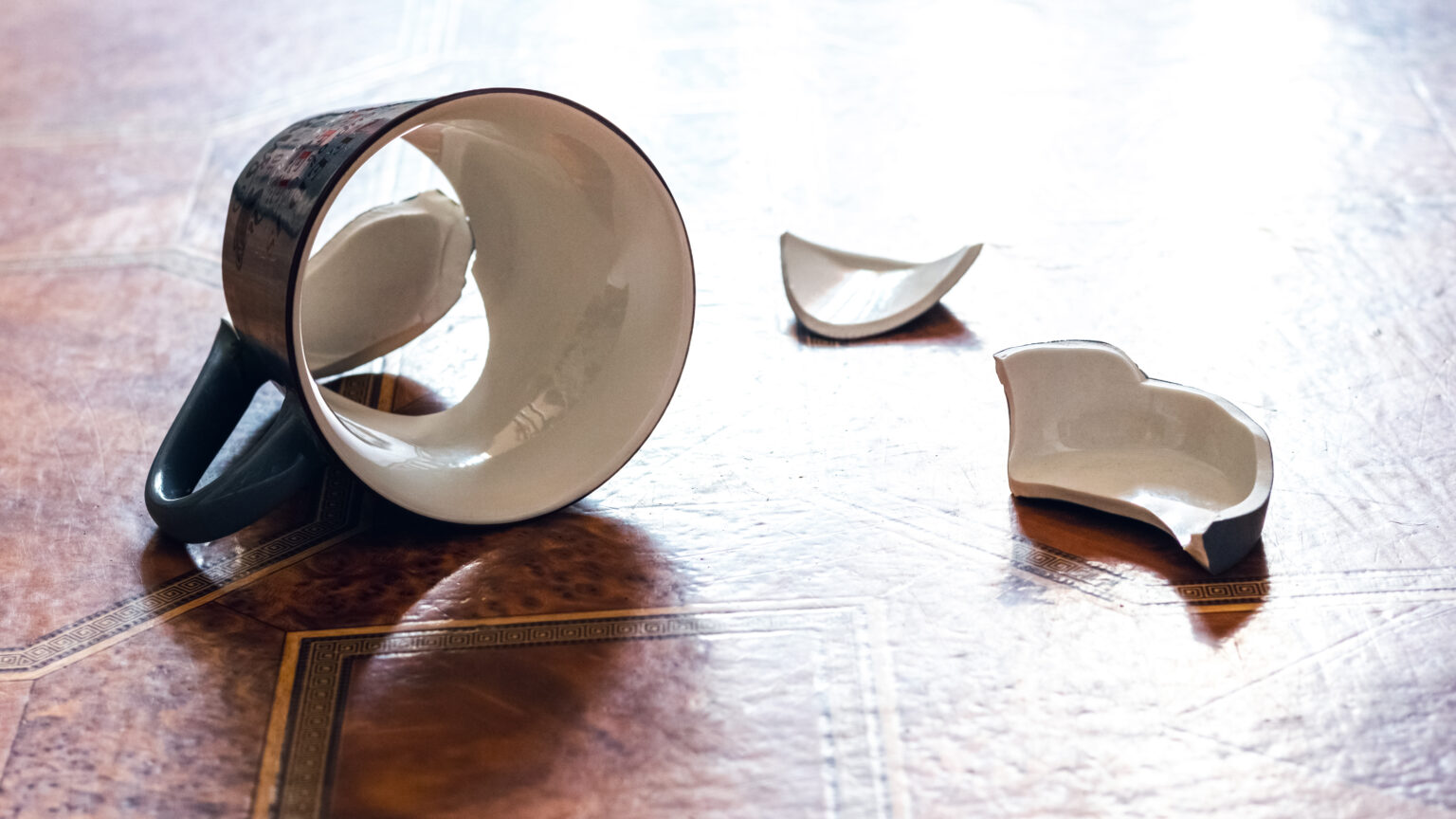
The techniques for fixing antique china start here. We will help you along the way with some well-thought-out ideas and professional advice. It’s history, an inheritance, and occasionally a recall of family reunions. Each item, from a dainty teacup from your grandma to a family heirloom dish, is meaningful.
Unfortunately, fine china is also incredibly fragile. A slight bump, an accidental drop, or even the passage of time can lead to chips, cracks, or complete breaks. Instead of discarding a damaged piece, consider repairing it. Techniques for fixing fine china allow you to preserve both its beauty and the memories attached to it.
What makes Antique china so delicate?
Fine china is so delicate because of the way it’s made. Unlike everyday dishes, it’s crafted from a refined clay called kaolin and fired at high temperatures to achieve that smooth, almost translucent look. While this process gives it an elegant, lightweight feel, it also makes it more prone to chips and breaks.
On top of that, age and use can make fine china even more fragile. Hairline cracks can form over time, and repeated washing or handling adds to the wear. That’s why accidents—like dropping a plate or clinking cups too hard—can be devastating. But instead of tossing a damaged piece, repair methods can help restore it, keeping both its charm and its sentimental value intact.
Techniques for Fixing Fine China: Preserve the Past with Care
The Fragile Beauty of Antique China
Though scary, repairing exquisite china requires time and accuracy, like any skilled craft. Got a minor chip or a hairline crack? No worries. Start with a gentle cleaning, making sure all dirt is off the surface. It’s crucial to carefully apply the right adhesive to the affected area, ensuring a tight fit without any gaps. For more significant breaks, piecing the fragments together like a puzzle is essential—this is where that inner artist shines
Before diving into repairs, preparation is key. Start by carefully cleaning the broken edges with mild soap and water. Any dirt, dust, or grease can interfere with the adhesive, reducing the strength of the repair. Allow the pieces to dry completely before proceeding.
Mastering the Art of China Repair: Techniques Unveiled
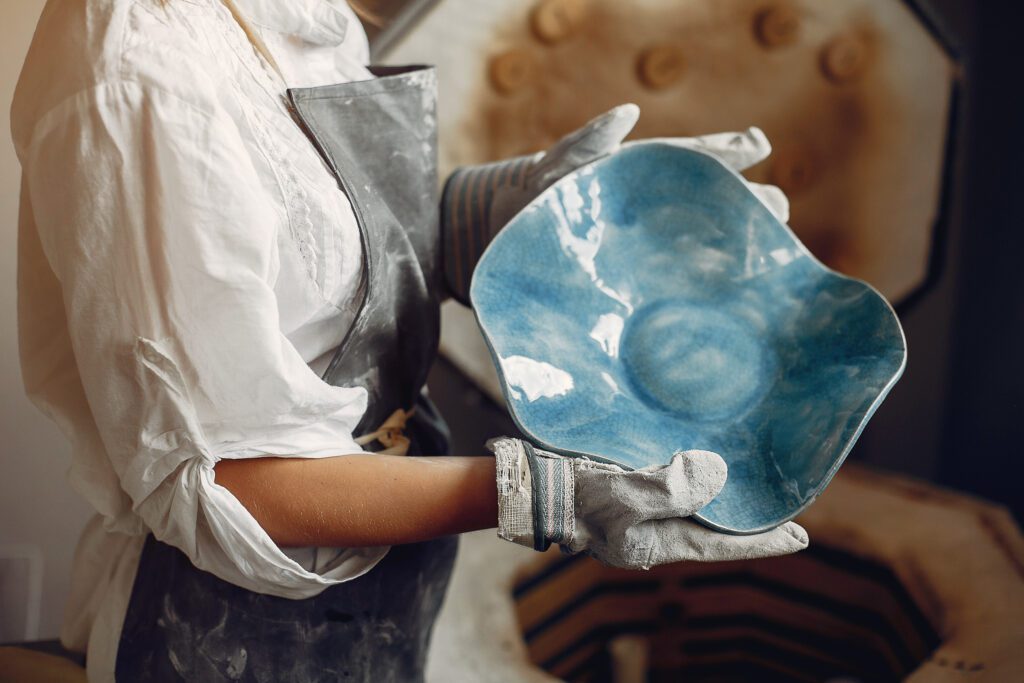
Common Mending Techniques
Before diving into repairs, preparation is key. Start by carefully cleaning the broken edges with mild soap and water. Any dirt, dust, or grease can interfere with the adhesive, reducing the strength of the repair. Allow the pieces to dry completely before proceeding.
Common Mending Techniques
Different types of damage require different repair methods:
Hairline Cracks: Fill cracks with a clear, food-safe epoxy to prevent further spreading.
Small Chips: Use ceramic filler or a high-quality epoxy resin to reshape missing sections.
Large Breaks: Align broken pieces carefully and secure them with an adhesive designed for china restoration.
Always follow the manufacturer’s instructions for drying and curing times. Rushing the process can lead to a weaker bond and an uneven finish.
Safety Precautions
Wear gloves to protect your hands from adhesives.
Work in a well-ventilated area to avoid inhaling fumes.
Keep all materials out of reach of children and pets.
The Perfect Adhesive: Choosing the Right Glue
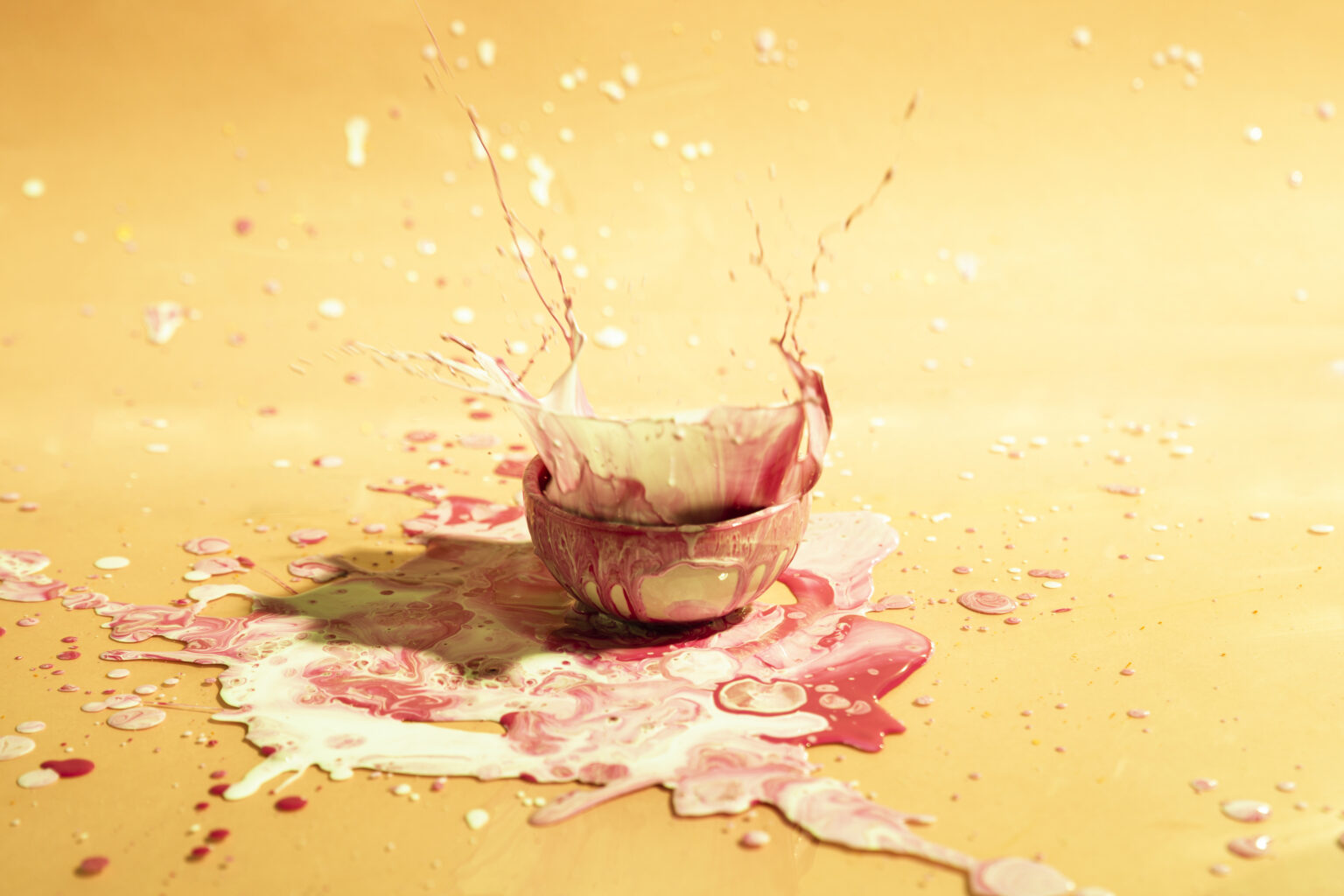
Selecting the right adhesive makes all the difference when restoring fine china. Some factors to consider include:
Transparency: A clear glue ensures a seamless repair.
Durability: The bond should withstand handling and light washing.
Food Safety: If the china is for display only, food safety isn’t a concern. Otherwise, opt for a non-toxic, food-safe adhesive.
Fixing Antique China—Our Video
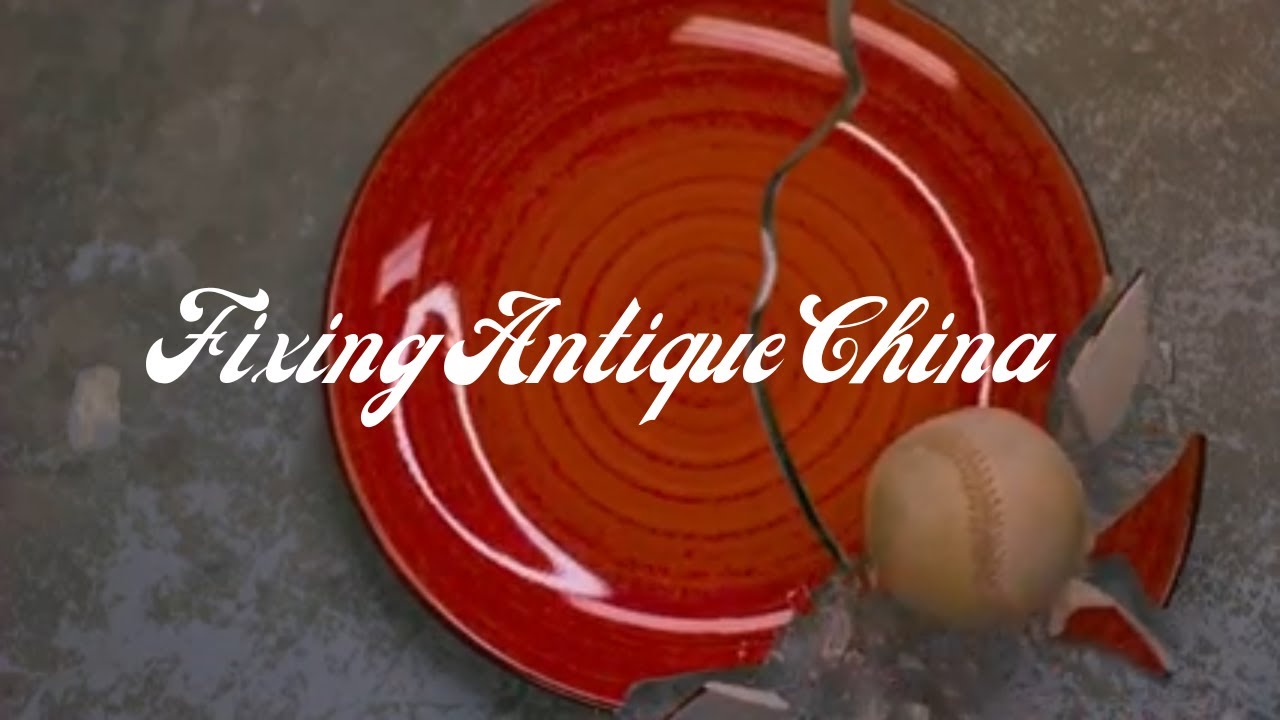
Top Recommended Adhesives
| Adhesive | Best For | Features |
|---|---|---|
| Gorilla 2-Part Epoxy | Large breaks | Strong, waterproof bond |
| Loctite Glass Glue | Hairline cracks | Dries clear, easy to use |
| JB Weld MinuteWeld | Chips and small gaps | Fast-setting, durable |
Test the adhesive on a small, inconspicuous area before applying it to the entire piece.
Beyond Repair: Creative Uses for Broken China
Sometimes, a piece of fine china is beyond saving, but that doesn’t mean it’s destined for the trash. With a bit of creativity, those broken bits can find new life.
Turn shattered pieces into dazzling mosaics. They make charming stepping stones for your garden or eye-catching frames for mirrors and pictures. It’s all about using those vivid patterns and colors in new ways.
Fancy trying your hand at jewelry-making? Craft delightful pendants or earrings using broken china pieces. They offer a unique, artisanal touch—something that’s both a conversation starter and a personal keepsake.
If you’re environmentally minded, recycling these ceramics can be an eco-friendly choice. Many recycling centers accept ceramics, and it’s a fine alternative to sending them to a landfill.
Repurposing broken china is more than upcycling. It’s an opportunity to create beauty from chaos, turning the sad end of a dish’s life into an avenue for artistic expression.
Fun Things to Do with Broken Antique China
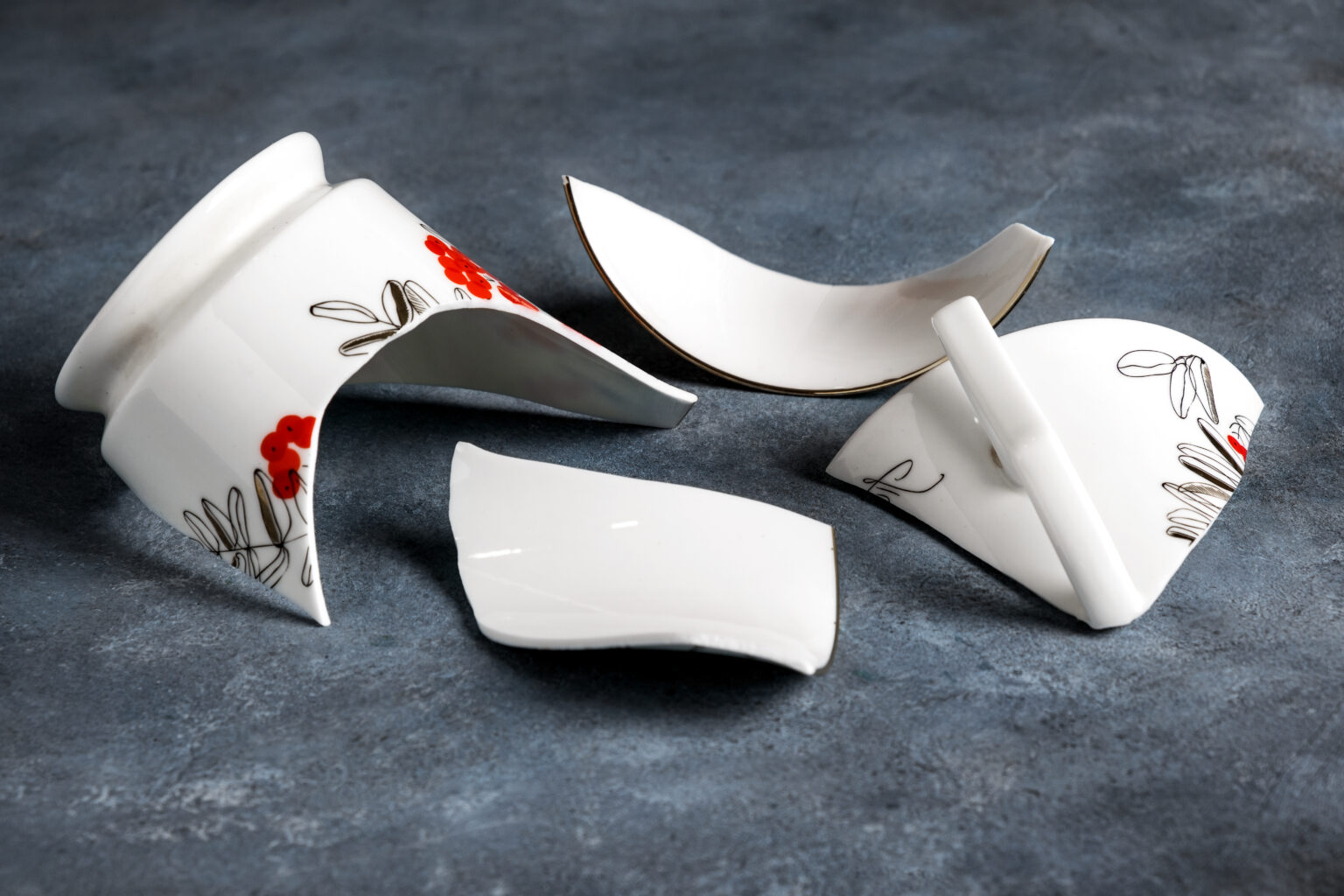
Not all china can be restored, but that doesn’t mean it has to be discarded. Repurposing broken pieces into new creations is a fantastic way to give them a second life.
Creative Upcycling Ideas
Mosaics: Use broken china to craft tabletops, picture frames, or wall art.
Garden Decor: Embed pieces in stepping stones or create decorative planters.
Jewelry: Turn fragments into pendants, earrings, or brooches.
Reusing broken china reduces waste while allowing cherished pieces to remain part of your home.
Sentimental Value and Legacy: What to Do with Grandma's China
Deciding what to do with heirloom china isn’t always easy. Some pieces hold immense sentimental value, while others may be impractical to keep. Consider these options:
Repair and display: Showcase meaningful pieces in a china cabinet.
Repurpose creatively: Turn broken china into gifts or decor.
Pass it on: Share heirlooms with family members who appreciate their history.
Stories of families preserving their china legacy highlight the importance of keeping memories alive. If a piece is beyond repair, taking a photo or creating a scrapbook can help maintain the sentimental connection.
Techniques for Restoring Antique China: A Conclusion
Preserving feeling, tradition, and history goes beyond just fixing excellent China. Whether you choose to repair, repurpose, or pass pieces down, the goal is to honor their significance.
Take the time to assess your collection, explore restoration techniques, and decide what fits best for your family’s legacy. After all, each repaired cup or creatively repurposed plate bridges the gap between the past and the future, keeping memories alive for generations to come.
Now that you know what to look for in a man’s essential wardrobe staples, you may like the following extra material: